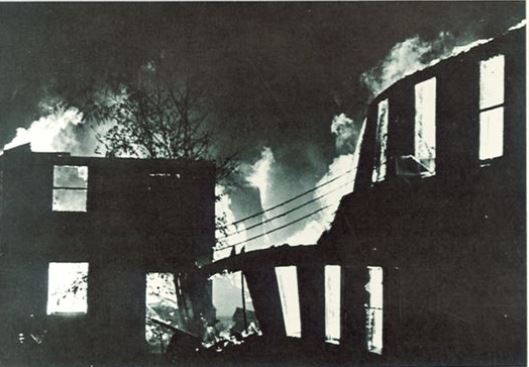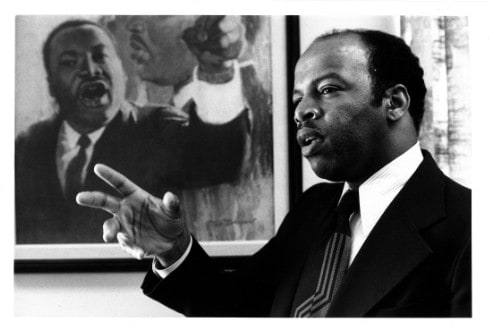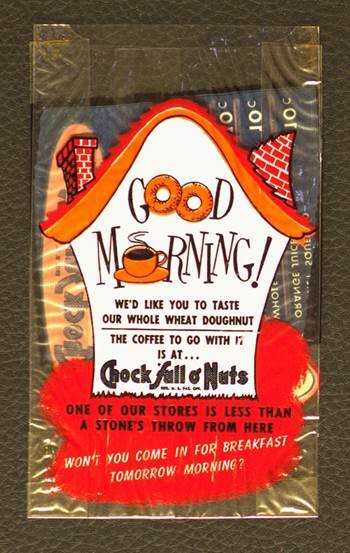The following is written by University Archivist David McCartney In the early morning hours of Saturday, May 9, 1970, the building housing the Dept. of Rhetoric mysteriously caught fire and was declared a total loss. Although the cause of the blaze was never determined, many to this day believe it was the work of arsonists.Continue reading “It’s in the details: a closer look at Old Armory fire in an unlikely place”
Tag Archives: Denise Anderson
John Lewis and Darwin Turner’s 1978 Summer Institute
The following comes from Archives Assistant Denise Anderson With the presidential election and Inauguration over, there has been a lot of talk about voting rights in the news. With Raphael Warnock’s win, Georgia’s first Black senator, we are reminded that the struggles and work of the Civil Rights Movement was not distant history. This coincidesContinue reading “John Lewis and Darwin Turner’s 1978 Summer Institute”
Szathmary inspiration for the perfect slice of pie
Our Archives Assistant Denise Anderson explored the Szathmary collection to create the perfect cherry pie. Below is the recipe, along with Denise’s step-by-step guide on what she did to create what is sure to be the best dessert at your next Thanksgiving. Time to make a Betty Crocker fresh fruit (in this case cherry) pieContinue reading “Szathmary inspiration for the perfect slice of pie”
Chock Full O’ Ephemera
By Denise Anderson, Archives Assistant This bit of ephemera, this flattened Cellophane envelope, with its cheerful “Good Morning!” greeted me as I opened to page 41. I love that this colorful advertisement served as a book mark in Print, a journal of the graphic arts, for a library reader investigating “Lasansky and the Iowa PrintContinue reading “Chock Full O’ Ephemera”



